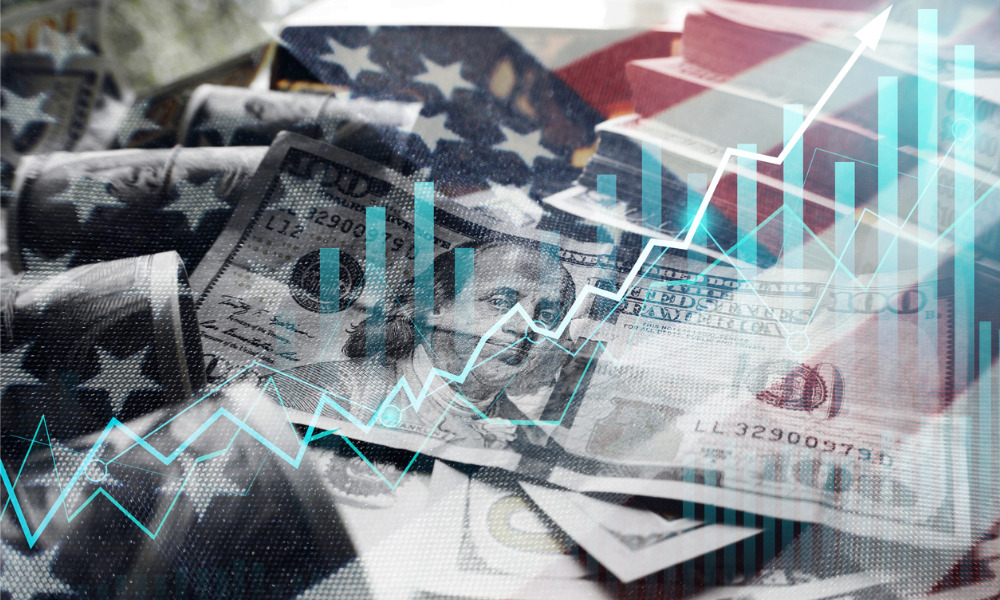

The prospect of U.S. interest rates remaining elevated for longer than expected has sparked a readjustment for investors.
This week’s Fed decision to hold its target federal fund rate to a 5.25-5.50% range may be followed by another hike before year-end, but it’s the signal rates may stay above 5% until at least the end of 2024 that is concerning investors.
With higher-for-longer raising the prospect of a recession, investors are dumping stocks at their fastest rate since December according to the Bank of America, which said outflows for global equity funds in in the week through September 20 were $16.9 billion. This was led by U.S. equities.
BofA strategist Michael Hartnett, one of Wall Street’s most bearish on equities, says that the “tells” of a harder landing are already evident including a steepening yield curve, rising unemployment, and increasing delinquencies.
He said tech stocks lead inflows with energy gaining, while healthcare and financials are out of favor.
Meanwhile, 10-year U.S. Treasury yields rose above 4.5% for the first time since 2007 (when the average for the year reached 4.63%).
U.S. government debt is headed for another year of losses, the third in a row, and the strength of the economy despite higher interest rates is driving investors out of bonds, especially with rising oil prices and the huge federal deficit.
“The soft-landing scenario now being priced into markets is why we have seen a big repricing of the back end,” Kellie Wood, a fund manager at Schroders Plc in Sydney, who has been shorting 10- and 30-year Treasuries told Bloomberg. “The 10-year yield isn’t offering enough reward given the longer-term risks posed as investors come to the realization that deficits are so large at a time when the economy is operating at, or beyond, full employment.”
Veteran investor Bill Ackman says he is short bonds with expectation that long-term interest rates will increase.
The billionaire founder and CEO of Pershing posted on social media that: “The long-term inflation rate plus the real rate of interest plus term premium suggests that 5.5% is an appropriate yield for 30-year Treasurys.”
Meanwhile, Sonal Desai, fixed income chief investment officer at Franklin Templeton, says that we can expect a return to rates at pre-financial-crisis levels.
“Investors should prepare for a reversion to the ‘old normal’ of higher rates — which was the long-term norm before the exceptionally loose policies that followed the global financial crisis and the pandemic,” she wrote in a client note.

The RIA's addition in Dallas, previously with Raymond James, comes just as the take-private deal between Corient's parent firm in Canada and Mubadala Capital comes to completion.

LPL's head of HNW planning says too many advisors are making a common mistake.

Market risk index shows hidden perils in seeking safety, and potential benefits from non-traditional investment vehicles.

Friends and family members are "the easiest type of victim to profile and steal from," said one attorney.

The commissioner also known as "Crypto Mom" says the agency is willing to work on different models with stakeholders, though disclosures will remain key.
Stan Gregor, Chairman & CEO of Summit Financial Holdings, explores how RIAs can meet growing demand for family office-style services among mass affluent clients through tax-first planning, technology, and collaboration—positioning firms for long-term success
Chris Vizzi, Co-Founder & Partner of South Coast Investment Advisors, LLC, shares how 2025 estate tax changes—$13.99M per person—offer more than tax savings. Learn how to pass on purpose, values, and vision to unite generations and give wealth lasting meaning
